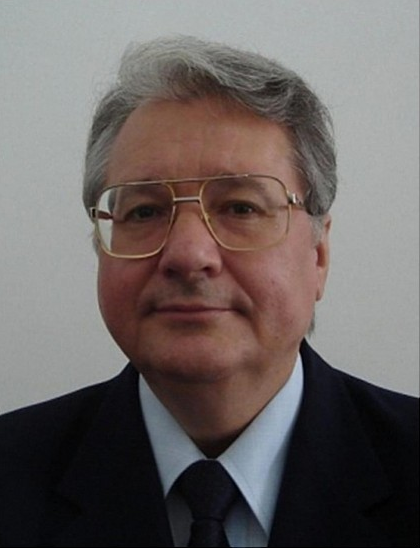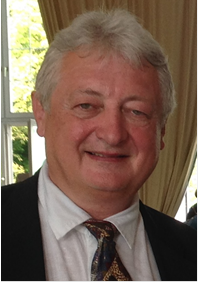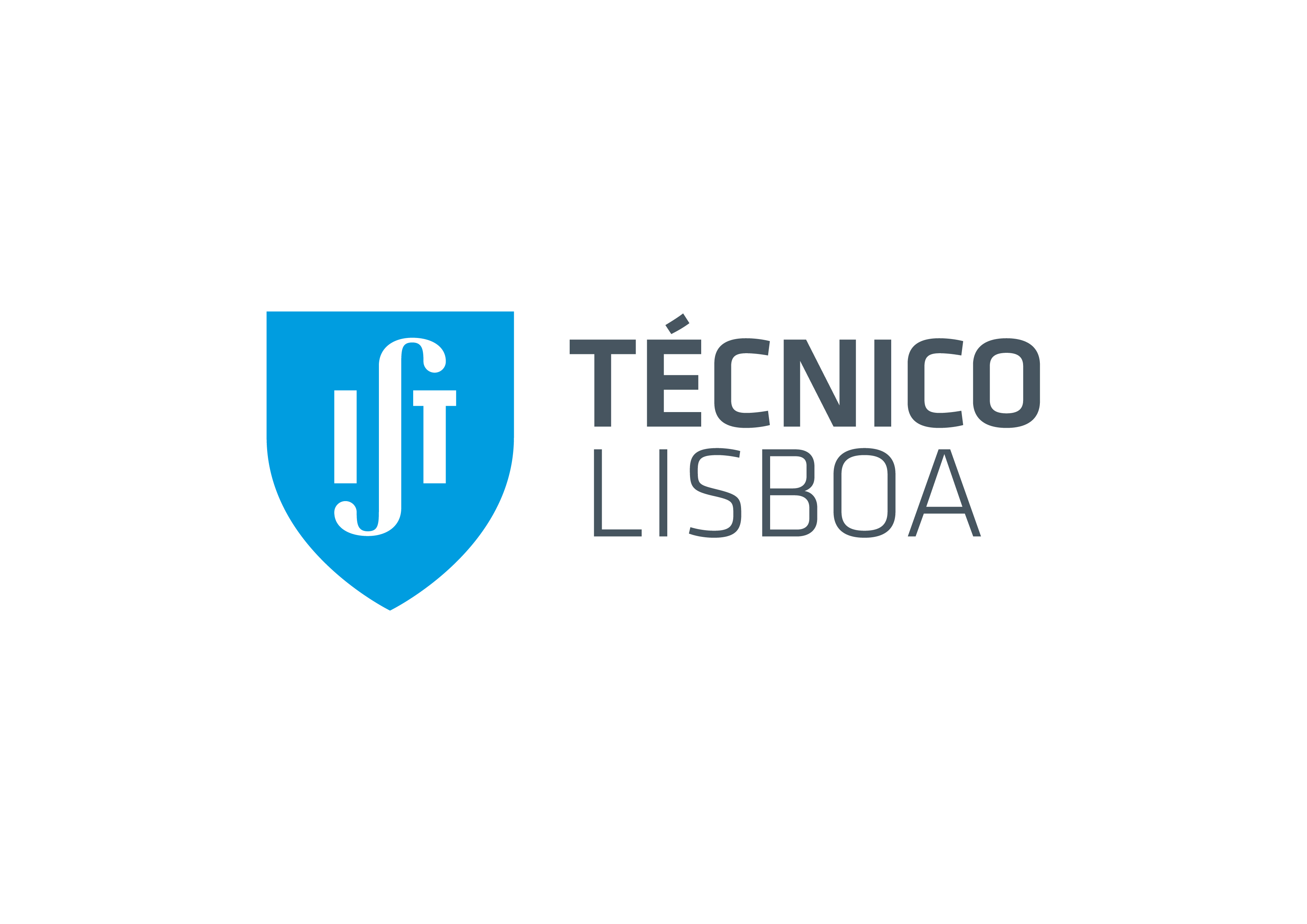
|
|

Keynote Speakers
Modeling and simulation of the multidisciplinary processes with AMESim

|
Nicolae Vasiliu and Daniela Vasiliu |
Abstract
Modern technical systems include a great number of multidisciplinary processes, in which fluid power systems play a major role. The proper implementation in practice of such a complex system in order to achieve high static and dynamic performance, and a good enough overall efficiency too, needs the use of all the tools developed through modern systems theory: modeling, simulation, experimental identification and practical validation.
Each of the above activities means a deep knowledge of all the components from different fields: hydromechanics, power electronics, computer science etc. In order to facilitate matching all these needs, the authors of the presentation have used a complete and friendly simulation environment: LMS AMEsim, developed by SIEMENS PLM SOFTWARE COMPANY.
The authors studied a number of modern control systems, described through detailed mathematical models easy to be “built” using the basic libraries components which are available in LMS AMESim: going from common hydraulic components, as pilot operated pressure valves, to electrohydraulic control systems used in power and automotive applications as variable displacement pumps and motors, automotive hybrid and electric transmissions, electrohydraulic speed governors of the hydropower systems, hybrid flight control systems etc.
Typical transients generated by the set points changes, and the disturbances induced by the interactions with external systems were carefully investigated. A detailed analysis of the pressure evolution in the power hydraulic lines showed a strong tendency of the cavitation phenomenon which can be avoided by different meanings. The elastic hoses influence on the system dynamics was also investigated. Extensive experiments performed in different fluid power laboratories were found in good agreement with the simulated results.
The presentation promotes the concepts of numerical simulation by LMS AMESim as basic tools for engineering innovation in mechatronic systems.
Curriculum Vitae
Professor Nicolae Vasiliu graduated in Hydropower Engineering from the Polytechnic University of Bucharest in 1969. He obtained a Ph.D. in Fluid Mechanics after a research stage at Ghent State University and the Von Karman Institute in Brussels. He became state professor in 1994, leading the Fluid Control Laboratory at the Power Faculty of the Polytechnic University of Bucharest. He always worked for industry, as project manager or scientific advisor. In 1980 he became a member of the Hydraulic Control Team of the Romanian Aerospace Institute. Between 2006 and 2010 he led the R&D Romanian Agency. In 2012 he became a member of the Romanian Technical Science Academy. He works mainly in modeling, simulation, dynamic identification, remote control, and virtual instrumentation of the hydraulic and electro-hydraulic control systems.
Professor Daniela Vasiliu graduated in Mechanical Engineering from Polytechnic University of Bucharest in 1981. After a few years of industrial stages in the field of fluid power systems, and some research stages at I.N.S.A. TOULOUSE she became Ph.D. in Fluid Power Systems (1997) and state professor (2001), leading the CAD/CAE Laboratory from the Power Faculty of the Polytechnic University of Bucharest, in close connection with SIEMENS PLM Software - LMS Corporation. She worked always for the industry, as a project manager or scientific advisor in the field of numerical simulation of the fluid power systems.
A Fuzzy Vectorial Space That avoids to Defuzzify the Membership Functions

|
Joël Colloc |
Abstract
In this presentation, we propose a new aggregation operator to combine fuzzy membership
functions without fuzzy rules and without defuzzification. This operator preserves
the improvements and the features of the initial fuzzy set theory. Instead of fuzzy rules,
the fuzzy membership functions can be combined in a chosen order or in any order with
the aggregation operator that provides a new resultant membership fuzzy function affected
by all the component functions. This approach allows to globally compare the properties
of complex objects by comparing their components. In our approach the fuzzy membership
functions are represented as forces and thus by vectors in a vector space. We illustrate the
use of our model in building a fuzzy emotional vector space based on the Ortony Clore Collins
model. Thus, we compare the advantages and drawbacks of our approach with existing works
and we conclude by presenting the perspectives of this research.
Curriculum Vitae
Joël Colloc is professor in computer sciences with tenure at Le Havre University, Normandy University and he is physician and specialist in forensic medicine. He is currently responsible of the team Healthcare, Risks and Route of life of the laboratory UMR CNRS IDEES 6266. Doctor Colloc was previously associate professor in the Jean Moulin Lyon 3 University (1991-2003). Before 1990, he was assistant professor in the laboratory of medical computer science of the Hospices Civils de Lyon and physician at the Edouard Herriot Hospital (1988-1990). Joel Colloc holds a Ph.D. (1990) in computer sciences by the National Institute of Applied Sciences (INSA) of Lyon and a M.D. (1985) by the medical faculty of the Claude Bernard University of Lyon and specialty degree of forensic medicine. His main research topics concerns e-health, artificial intelligence in medicine, fuzzy logic, multi-agent clinical decision support systems and knowledge bases, Case Base Reasoning in medicine, ontologies, nervous system modelling and cognitive science. His human sciences researches try to conciliate the ethics of using Big Data in epidemiological studies and using AI to improve clinical decision in medicine while preserving the patient-caregiver relationship and the privacy of patients.
This material is protected by the Agence des depots numeriques all rights reserved
VR, AR, MR simulations and inspirations from Iron Man 3
 |
Helena Barbas |
Abstract
All simulations rely on «re-presentations» of any kind of image, and although intending to be verisimilar are actually «fictional».
The verisimilar intention is restricted by the technical possibilities allowed by the machines being tested or the offered graphical effects, in order to be readable and shared.
In opposition to the linearity of written novels, Sci-fi comics offer 2D images of worlds, functions, scenarios, artefacts and characters created by their authors. Cinema supplements them with movement and, with the advances in computer software and special effects techniques
(VFX), adds the possibility of translating them into 3D (or even 4D).
Some sci-fi works can become prophetic a-posteriori, or more humbly show what is presently called design fiction objects. Some items and interfaces seen in movies deserve to be studied either because they are influencing the creation of real life objects, or because the credibility of the fictional hypothesis presented makes them worthy of closer critical attention.
The case study here will be “Iron Man 3” (2013) as a successful example of the above.
Iron Man is a fictional superhero created by writer and editor Stan Lee, developed by scripter Larry Lieber, and designed by artists Don Heck and Jack Kirby. The character made his first appearance in Tales of Suspense #39 (March 1963), published by Marvel Comics. In the basic plot, Tony Stark, a millionaire, playboy, scientist is kidnapped, and suffers a severe chest injury. His captors intend to force him to build a weapon of mass destruction. Instead he creates a powered suit of armour (Mark I) to save his life and escape captivity.
It is the suit (from Mark I to XLVI) that features the several re-incarnations of the Invincible Iron Man’s various comic book series and, with its upgrades and updates, is translated into film (2008, 2010, 2013).
Since 2014, The Pentagon has been preparing a military version of the exosuit: «TALOS, or Tactical Assault Light Operator Suit, is a battery-powered robotic exoskeleton designed to protect the lives of soldiers on the front lines, especially those who lead the army in a mission» ready to be tested by August 2018 (http://www.techtimes.com/articles/92478/20151007/u-s-military-to-deliver-its-first-bulletproof-weaponized-iron-man-suit-in-2018.htm).
Curriculum Vitae
Helena Barbas (1951) is Professor (Assistant with Tenure) of the Department of Portuguese Studies – Faculdade de Ciências Sociais e Humanas,Universidade Nova de Lisboa (F.C.S.H. – U.N.L.). She holds a MA (1990) and a PhD (1998) in Portuguese Studies – Comparative Literature – Literature and the Arts. In 2008 she gained her “Habilitation” in Literature and Cyberarts.
Helena authored books and several essays, translated theoretical texts, novels, drama and poetry. She has collaborated with diverse newspapers, magazines and with national TV cultural programs. She wrote literary reviews for the national weekly broadsheet Expresso.
In 2003 Helena attended a M.Sc. in Applied Artificial Intelligence at F.C.T.-U.N.L. (Campus Caparica) and from then on centered her research in the field of Digital Humanities: human-machine interaction, serious games, e-learning, interactive digital narrative – and now Cloud Computing.
She was a member of the InStory team (2005-2007) – best Portuguese web mobile project 2006. She prepared a project on serious games, PlatoMundi, aiming to introduce e-learning and ethical issues in game playing; she is developing a new project – Numina – that proposes to digitize and study the poetic and dramatic literary estate of José Leite de Vasconcelos (1858-1941), a physician, philologist, ethnologist who founded the Portuguese National Archaeological Museum.
In 2011 she received the (2nd.) SANTANDER Award for the Internationalization of the F.C.S.H. Scientific Production 2010, and in 2015 the «Best paper Award» for Cloud Computing and (new) mobile storytelling in the Internet of Things, presented at EUROMEDIA’2015, I.S.T., Lisbon, Portugal. She has been following and accepting Eurosis research challenges since 2009.
Research: http://www.helenabarbas.net/investigacao-2/
Publication - papers: http://www.helenabarbas.net/artigos/
Books: http://www.helenabarbas.net/livros/












